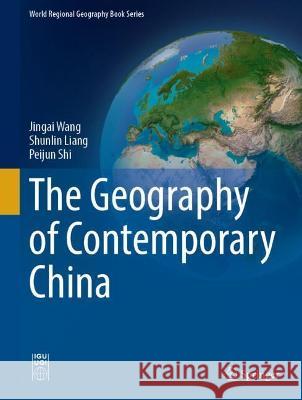The Geography of Contemporary China » książka
topmenu
The Geography of Contemporary China
ISBN-13: 9783031041570 / Angielski / Twarda / 2022 / 460 str.
The Geography of Contemporary China
ISBN-13: 9783031041570 / Angielski / Twarda / 2022 / 460 str.
cena 441,75
(netto: 420,71 VAT: 5%)
Najniższa cena z 30 dni: 385,52
(netto: 420,71 VAT: 5%)
Najniższa cena z 30 dni: 385,52
Termin realizacji zamówienia:
ok. 22 dni roboczych.
ok. 22 dni roboczych.
Darmowa dostawa!
Kategorie BISAC:
Wydawca:
Springer International Publishing AG
Seria wydawnicza:
Język:
Angielski
ISBN-13:
9783031041570
Rok wydania:
2022
Ilość stron:
460
Wymiary:
27.9 x 21.0
Oprawa:
Twarda
Dodatkowe informacje:
Glosariusz/słownik











